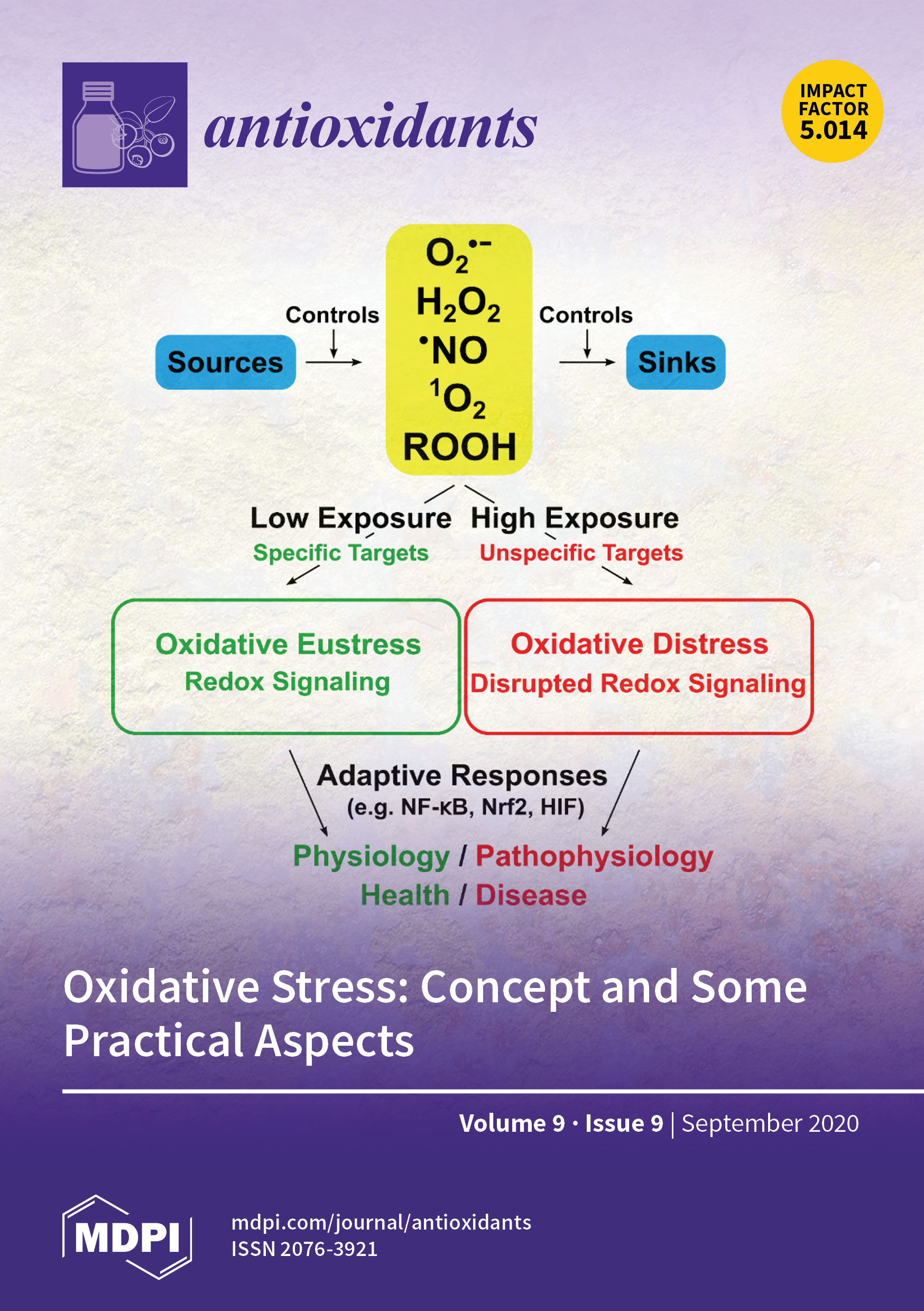Featured Scientist

Author published in"Antioxidants"affiliate to
Department of Physical Education,
Fu Jen Catholic University, New Taipei City, Taiwan
Article published in
"Antioxidants" 2020, 9(9), 823
Ultrasound-Assisted Aqueous Extraction of Chlorogenic Acid and Cynarin with the Impact of Inulin from Burdock (Arctium lappa L.) Roots
The ultrasound-assisted aqueous extraction of chlorogenic acid (CGA) and cynarin with the impact of inulin from burdock (Arctium lappa L.) roots was investigated. Three extraction modes, ultrasound at 40 kHz/300 W (U-40), ultrasound at 120 kHz/300 W (U-120), and shaking at 120 rpm (S-120), were compared. The effects of process parameters on the extraction of polyphenols, CGA, cynarin, inulin, and antioxidant activity using U-40 were evaluated. In 10 min, 50 °C, and 1/30 (g/mL-water) of solid-to-liquid ratio, the order of CGA content in the dried burdock root powder (DBR) was U-40 (484.65 μg/g-DBR) > U-120 (369.93 μg/g-DBR) > S-120 (176.99 μg/g-DBR), while the order of cynarin content in DBR was U-120 (376.47 μg/g-DBR) > U-40 (341.54 μg/g-DBR) > S-120 (330.44 μg/g-DBR), showing the selective extraction of CGA and cynarin between using 40 and 120 kHz of ultrasound. The profiles of increase and then decrease in free CGA and cynarin concentrations against time revealed their degradation, including their interactions with the abundant inulin. The kinetic model, considering extraction followed by degradation, was proposed to describe the variations of free CGA and cynarin against time. This study provides an effective method using water to extract CGA, cynarin, and inulin from burdock roots.[Link to this article...]
Keywords: burdock roots; ultrasound-assisted extraction; chlorogenic acid; cynarin; inulin
33 views